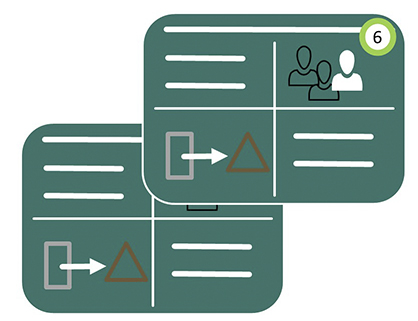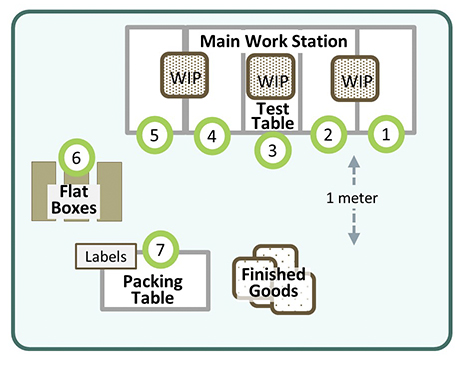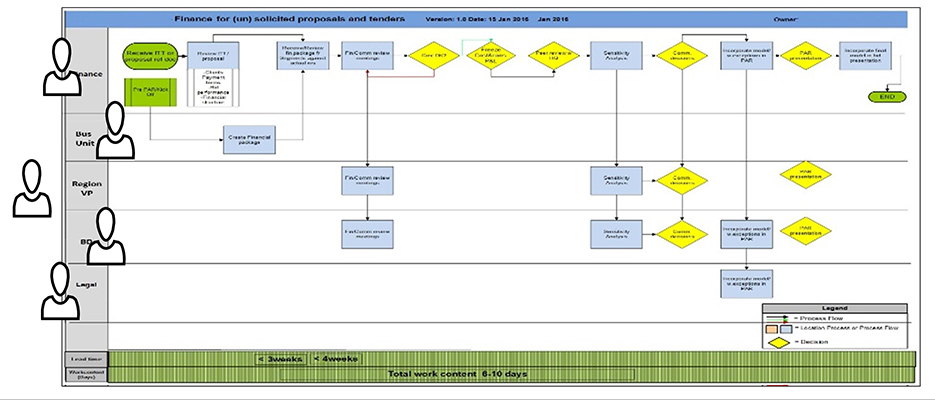7 Characteristics of a Business Process
A business process is a defined series of actions or steps required to achieve a particular outcome. It can be described based on the following 7 characteristics of a business process:
- Scope: Starting and end point for the series of steps.
- Purpose: Overall objective or reason why the process is performed.
- Steps: Specific actions performed by team members.
- Sequence: Order in which steps are performed.
- Team members: Individuals that perform the steps.
- Outcome: The specific product, service or result that comes from executing the process.
- Customer: Next process, requestor, or end-user of the outcome.
—
You might be interested in our White Paper Special Considerations for Rapid Improvement in Office Kaizen. You will need to register to download, but then you’ll be on our Send To list. Each month we send a brief OpEx article on current trends.
—
Bonus Section: Policy, Task, Process and Procedure Definitions
When considering operational improvement and working on the 7 characteristics of a business process, it’s important to be clear about definitions.
 Policy – A statement of expected conduct, often administered with processes and procedures. Policy isn’t expected to cover all nuances. Rather, it’s a guideline for how to act, leaving room for personal judgement. Not to be taken lightly, roaming outside of policy guidelines can mean big trouble.
Policy – A statement of expected conduct, often administered with processes and procedures. Policy isn’t expected to cover all nuances. Rather, it’s a guideline for how to act, leaving room for personal judgement. Not to be taken lightly, roaming outside of policy guidelines can mean big trouble.

Task – A specific job or activity carried out by an individual. Often described by a Work Instruction or checklist, tasks are the most basic unit of work.

Process – A set of connected tasks designed to change the form, fit or function of a product or service. It is often carried out by a work unit or team, and participants are aware of the connected nature of their work together.

Procedure – A series of connected processes conducted by individuals, departments and functions along a value chain that delivers a product or service — often the final result of the enterprise. Participants often don’t recognize their connectivity, or how their output impacts one another.
« Back to Glossary Index